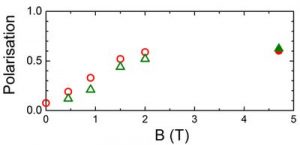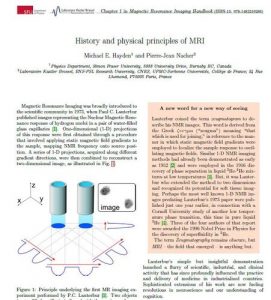More (selected) publications
Regular article
Surrealistic Bohmian trajectories do not occur with macroscopic pointers
Eur. Phys. J. D (2018) 72: 183
Tastevin G. and Laloë F.
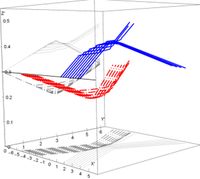
Abstract
Regular article
J. Magn. Reson. 227 (2013) 72-86
Safiullin K., Talbot C., and Nacher P.-J.
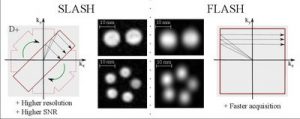
Abstract
Peer-reviewed proceeding
An active feedback scheme for low field NMR experiments
J. Phys.: Conf. Ser. 294 (2011) 012009
Baudin E., Safiullin K., Morgan S.W., and Nacher P.-J (Open access)
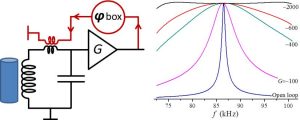
Abstract
Regular article
Multiple echoes due to distant dipolar fields in NMR of hyperpolarized noble gas solutions
Morgan S.W., Baudin E., Huber G., Berthault P., Tastevin G., Goldman M., Nacher P.-J, and Desvaux H.
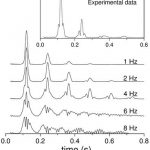
Abstract
Regular article
Metastability exchange optical pumping of ³He gas at elevated pressure at 4.7 Tesla
Eur. Phys. J. D (2013) 67: 200 (29 pages)
Nikiel A., Collier G., Głowacz B., Palasz T., Olejniczak Z., Weglarz W., Tastevin G., Nacher P.-J, and Dohnalik T.
Abstract
Book chapter
History and physical principles of MRI
by M. E. Hayden and P.-J. Nacher.
Magn. Reson. Imaging Handbook, 1
CRC press, 2016 (Ed. Luca SABA)

